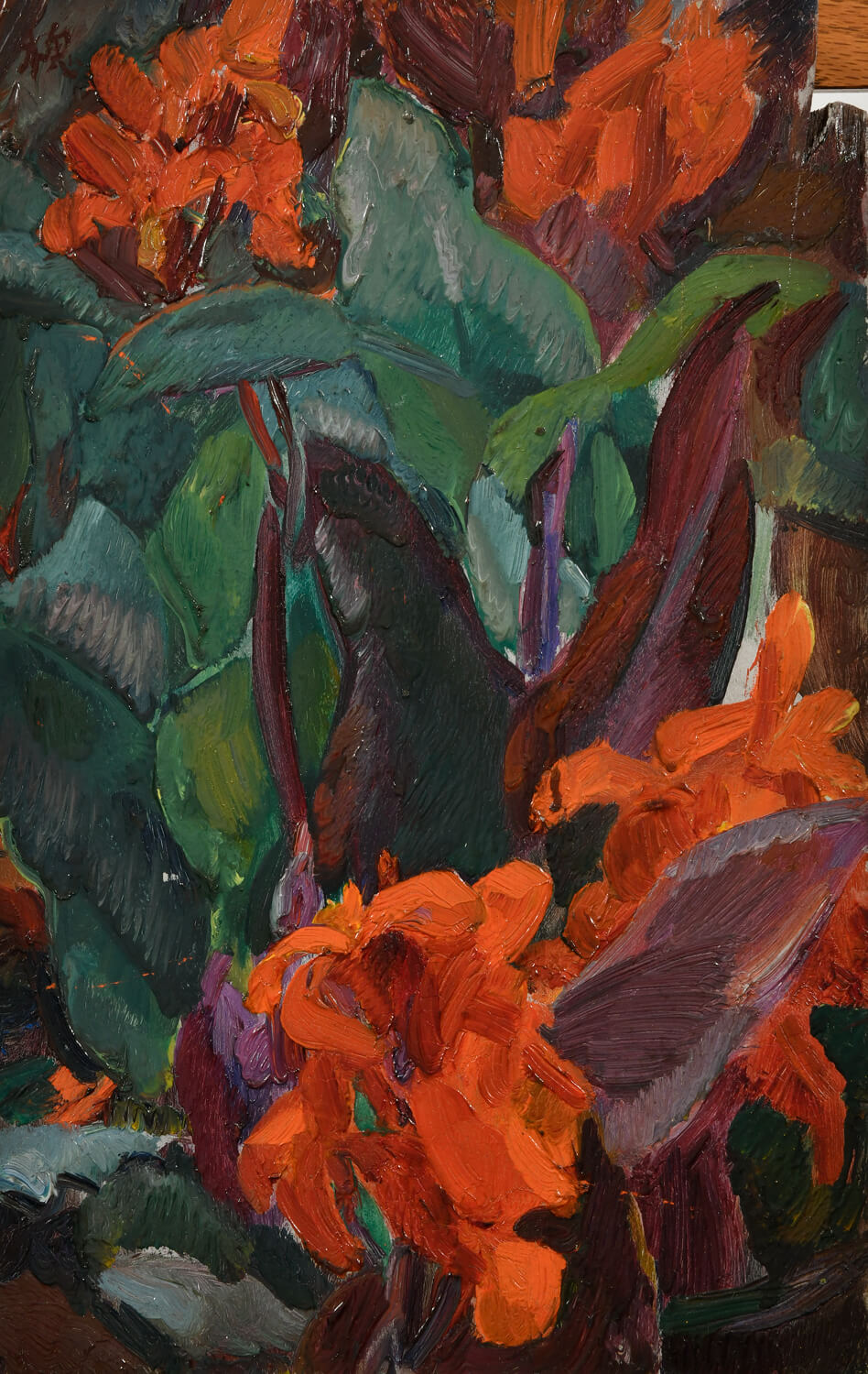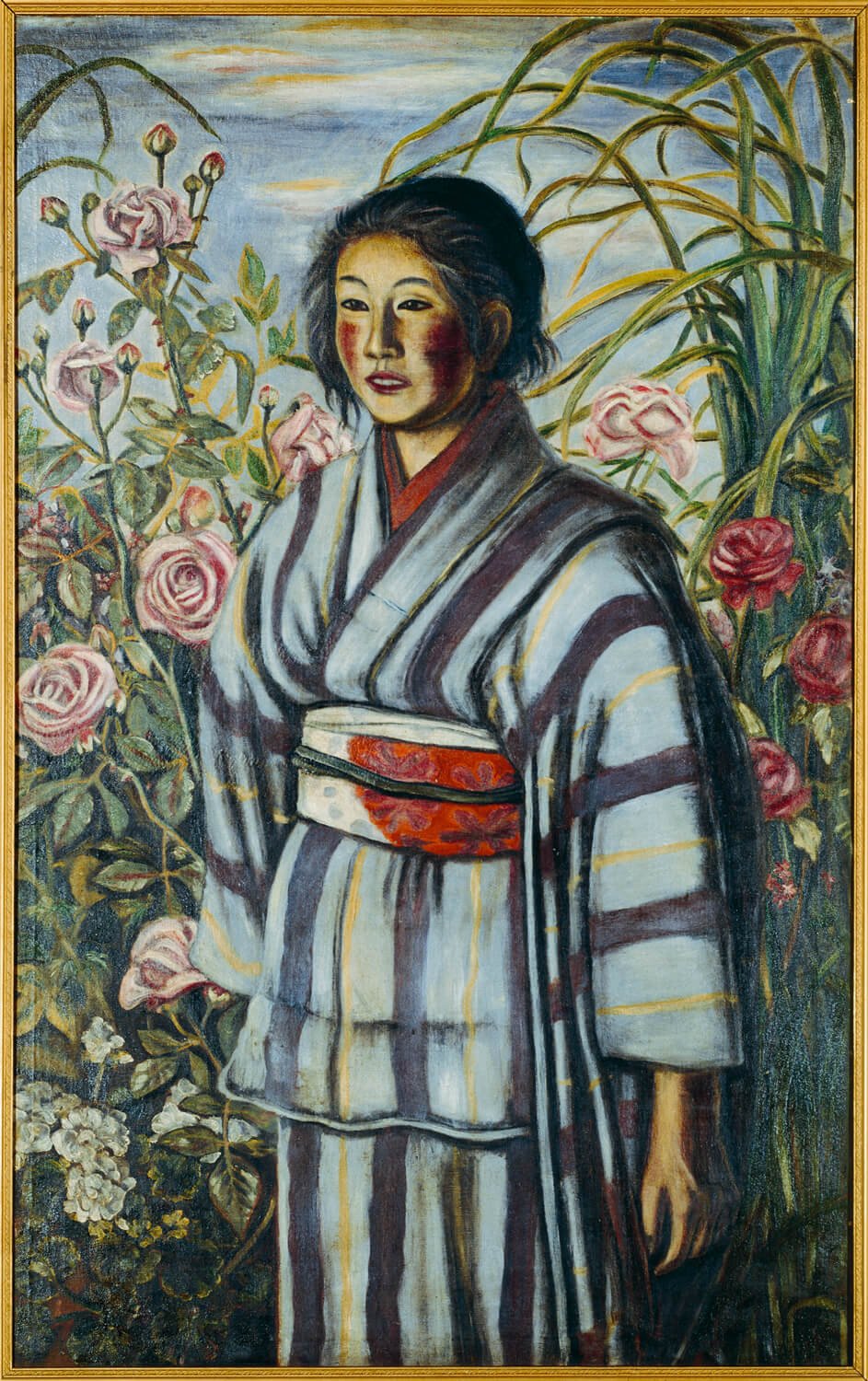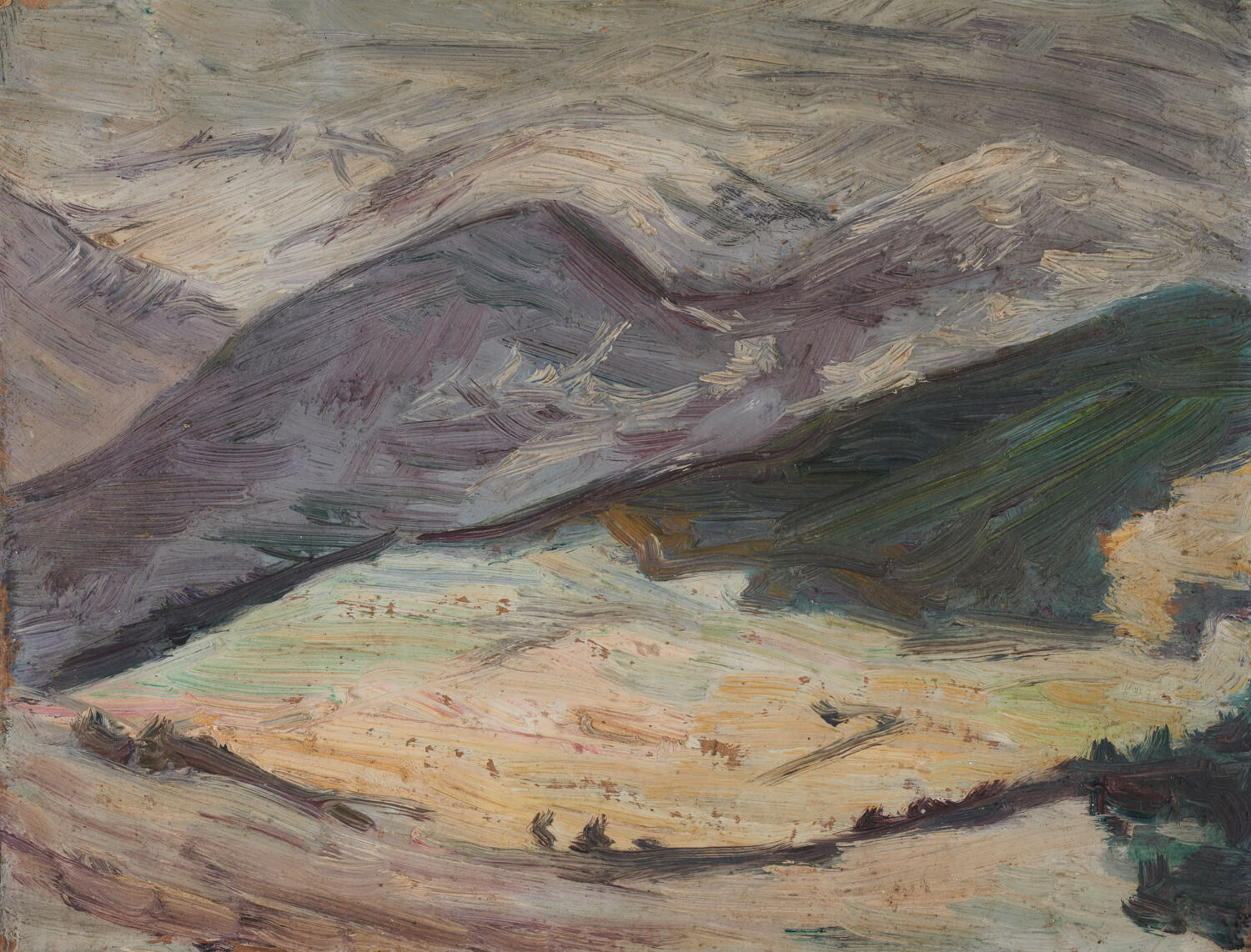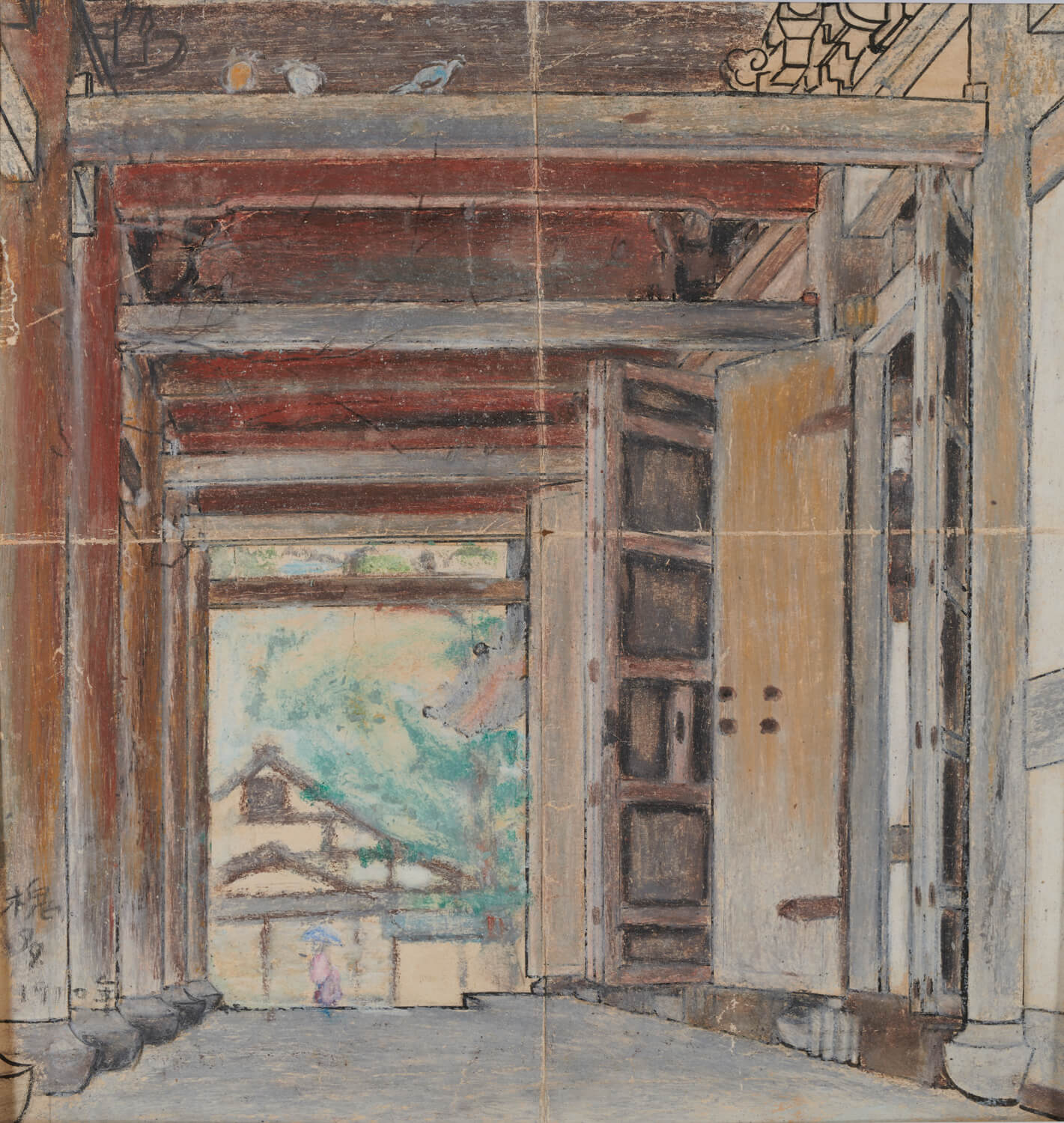Kaita Murayama, the Dazzling Artist Rediscovered 100 Years After his Death

Self portrait wearing a paper balloon (1914), Private collection
Like many other artists born in the 19th century, Kaita Murayama met a tragic end. His future as a young painter and prodigious poet was brutally cut short by tuberculosis which took his life in 1919, when he was aged just 22.
Having been forgotten by the general public, Murayama is now being celebrated on the hundredth anniversary of his death after around one hundred of his early works were unearthed. They are now being put on public display for the first time at the Children’s Museum of Art in Okazaki, Murayama’s birthplace, and then at the Ueda City Art Museum, or Santomyuze, until 1st September. The sketches, drawings and even eleven oil paintings had been in the possession of one of Murayama’s former classmates from the time when they were at Kyoto First Prefectural High School until their rediscovery in 2018.
Known for his flamboyant, wild, impulsive and indeed inflammatory style, Murayama uses flat tints of red paint to make his subjects’ skin stand out against a dark background. The work that he produced before he arrived in Tokyo, however, was drastically different. The public can now be enthralled by landscapes in soft, pastel colours that have resurfaced and which reveal a more diligent and refined side to the painter, which is more in line with the rules for art of the time.

Kanna (1915), Private collection
Some of his best-known works form part of new pieces. This is true of ‘Kanna’ (Canna, 1915), an oil painting produced in the same year as ‘Kanna to Shojo’ (Canna and a girl), one of his most popular watercolours. ‘Kumo Waku-Yama’ (Mountain with gathering clouds) dates back to 1911. This oil painting would, therefore, have been finished when Murayama was just 15, before he came to Tokyo.
Born in Okazaki in Aichi prefecture in 1896, Murayama was introduced to painting in his second year of high school by his painter cousin Kanae Yamamoto. The latter encouraged him to become an artist and offered him a full set of oil paints, which Murayama used extensively. He then moved to Kochi, then Kyoto, as his father was transferred from place to place. At the age of 18, however, he decided to try his luck in the capital, and headed there in the hopes of becoming a famous artist.
In 1914, the year of his arrival in Tokyo, he displayed four pieces at ‘Nikaten’, the exhibition organised by the Nikatai, a group of artists formed the same year in opposition to the ‘Bunten’ exhibition, which was being financed by the Japanese government. It was during this event when one of his paintings was purchased by Taikan Yokohama, the Nihonga grand master. This was a real opportunity for Murayama, whose work thus began to attract attention and allowed him to enjoy brief fame before falling into oblivion.
As a result, very few of Murayama’s works were well known. Prior to 2018, just twenty-seven oil paintings had been identified as his work.

A girl with roses (1917), The National Museum of Modern Art, Tokyo

Landscape of Boushu area (1917), Private collection

Mountain with gathering clouds (1911), Private collection

Gate of a temple (1910), Private collection

Naked monk urinating (1915), Nagano Prefectural Shinano Art Museum
TRENDING
-
The Tattoos that Marked the Criminals of the Edo Period
Traditional tattoos were strong signifiers; murderers had head tattoos, while theft might result in an arm tattoo.

-
Paris, Tokyo: Robert Compagnon
With his co-chef and talented wife, Jessica Yang, Robert Compagnon opened one of the top new restaurants in Paris: Le Rigmarole.
 3:31
3:31 -
Chiharu Shiota, Red Threads of the Soul
Last year, more than 660,000 people visited the retrospective 'Chiharu Shiota: The Soul Trembles' exhibit at the Mori Art Museum.

-
‘Before Doubting Others, Doubt Yourself. Who Can Truly Say a Dish Isn’t What It Used to Be?’
In ‘A Non-Conformist’s Guide to Surviving Society’, author Satoshi Ogawa shares his strategies for navigating everyday life.

-
The Story of Sada Yacco, the Geisha who Bewitched Europe
Described by Dazed magazine as the first beauty influencer, she has been restored to her former glory since 2019.





